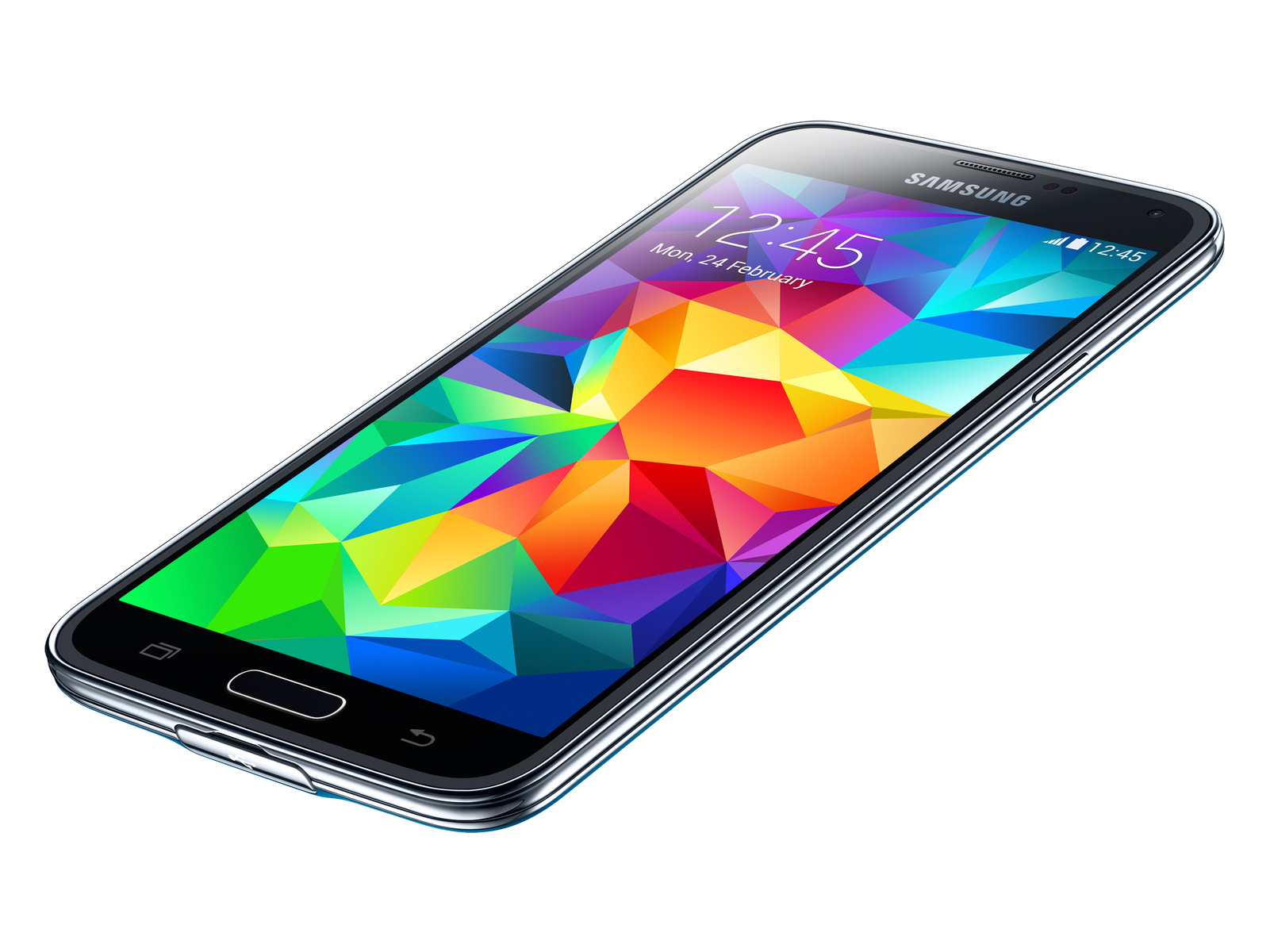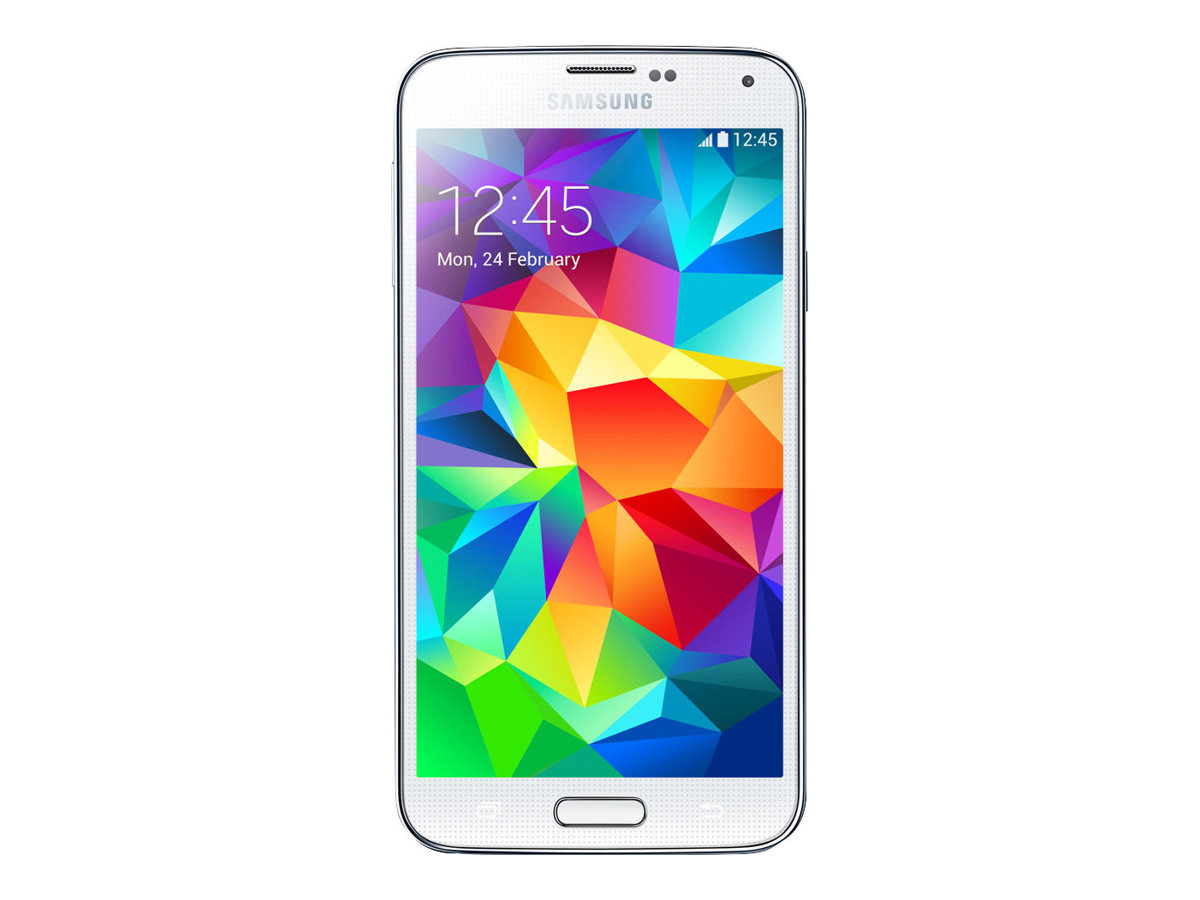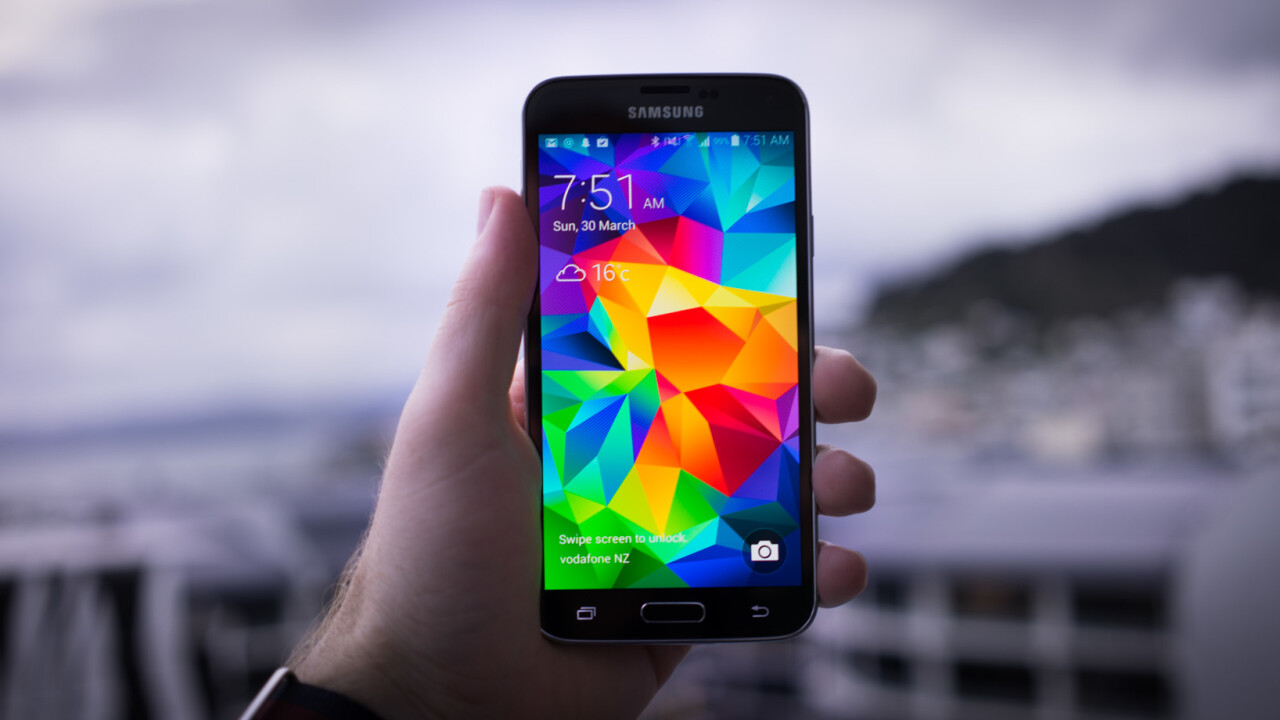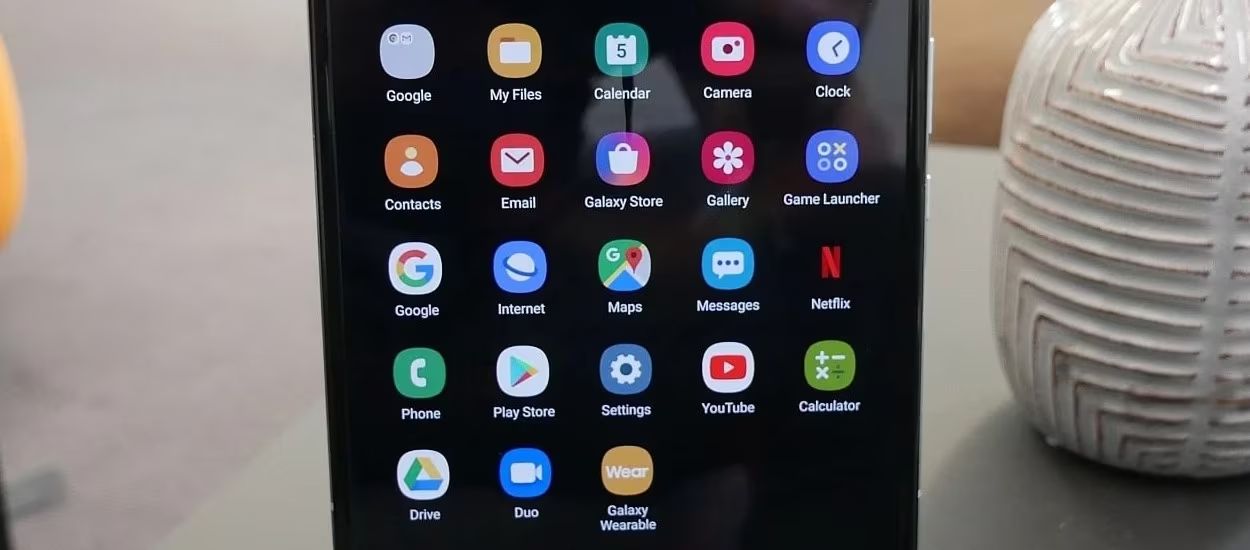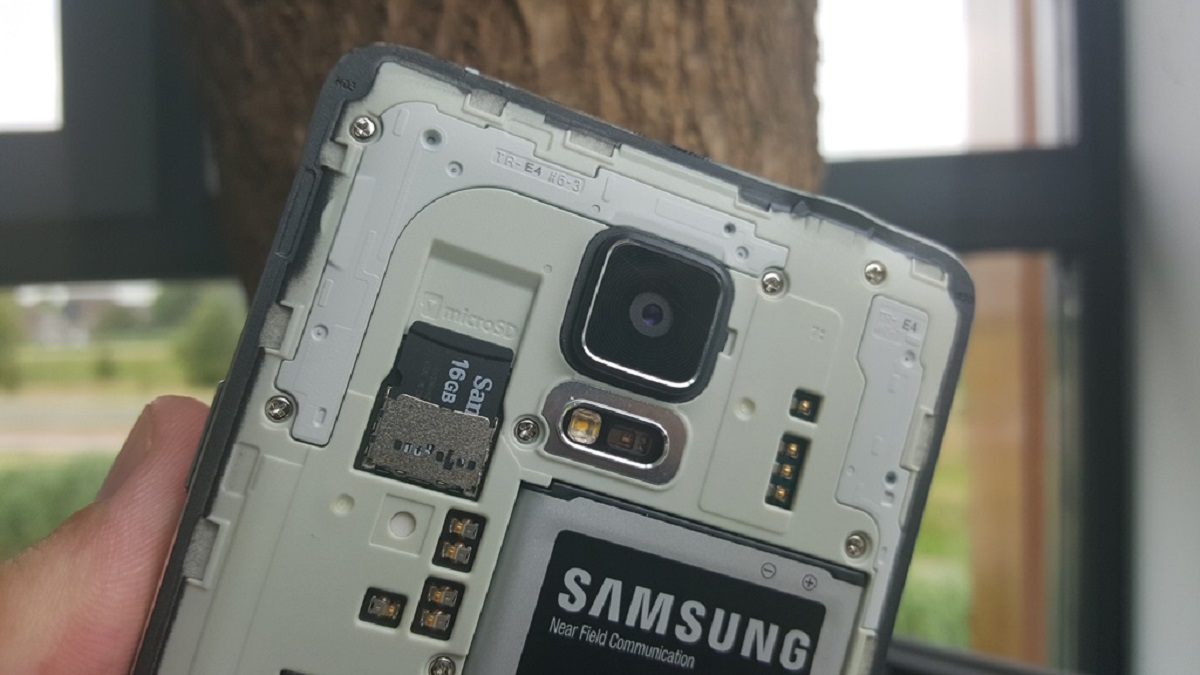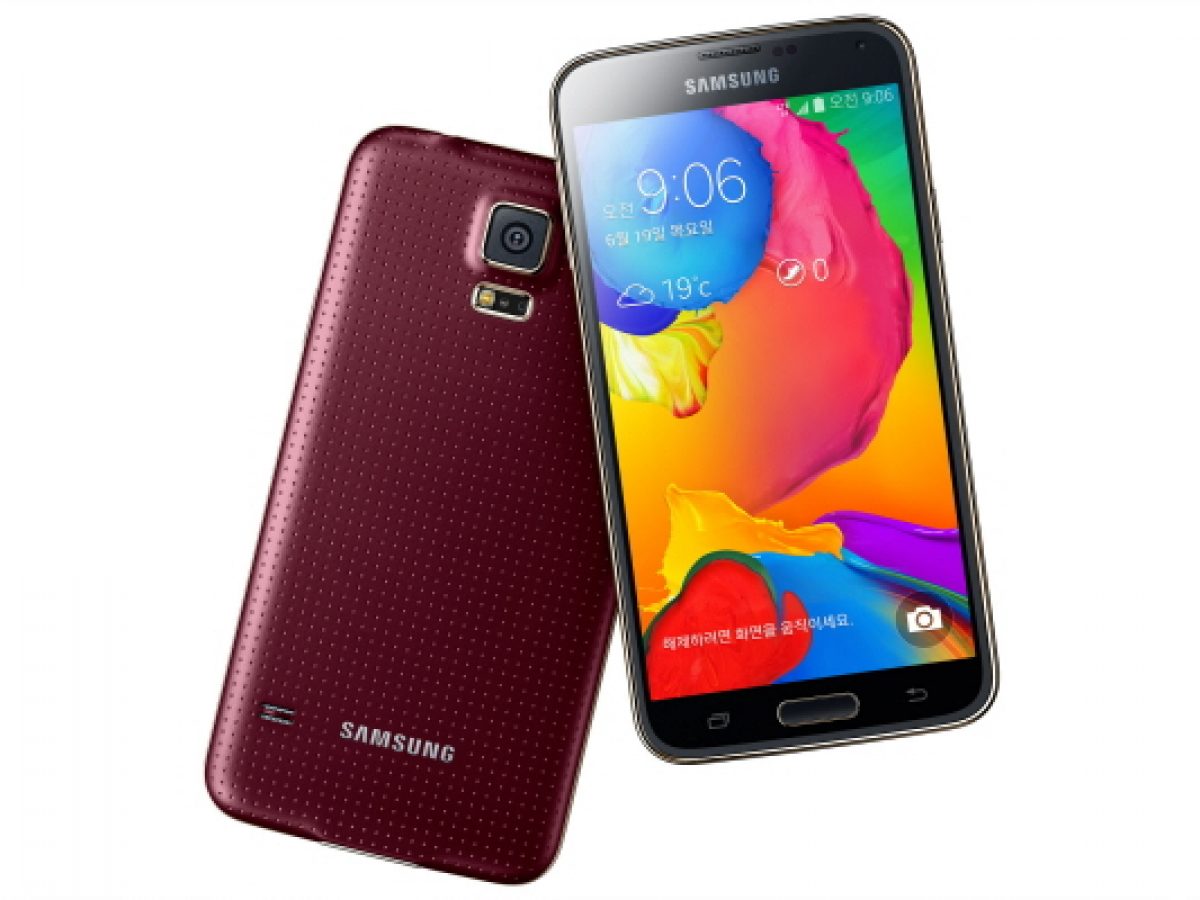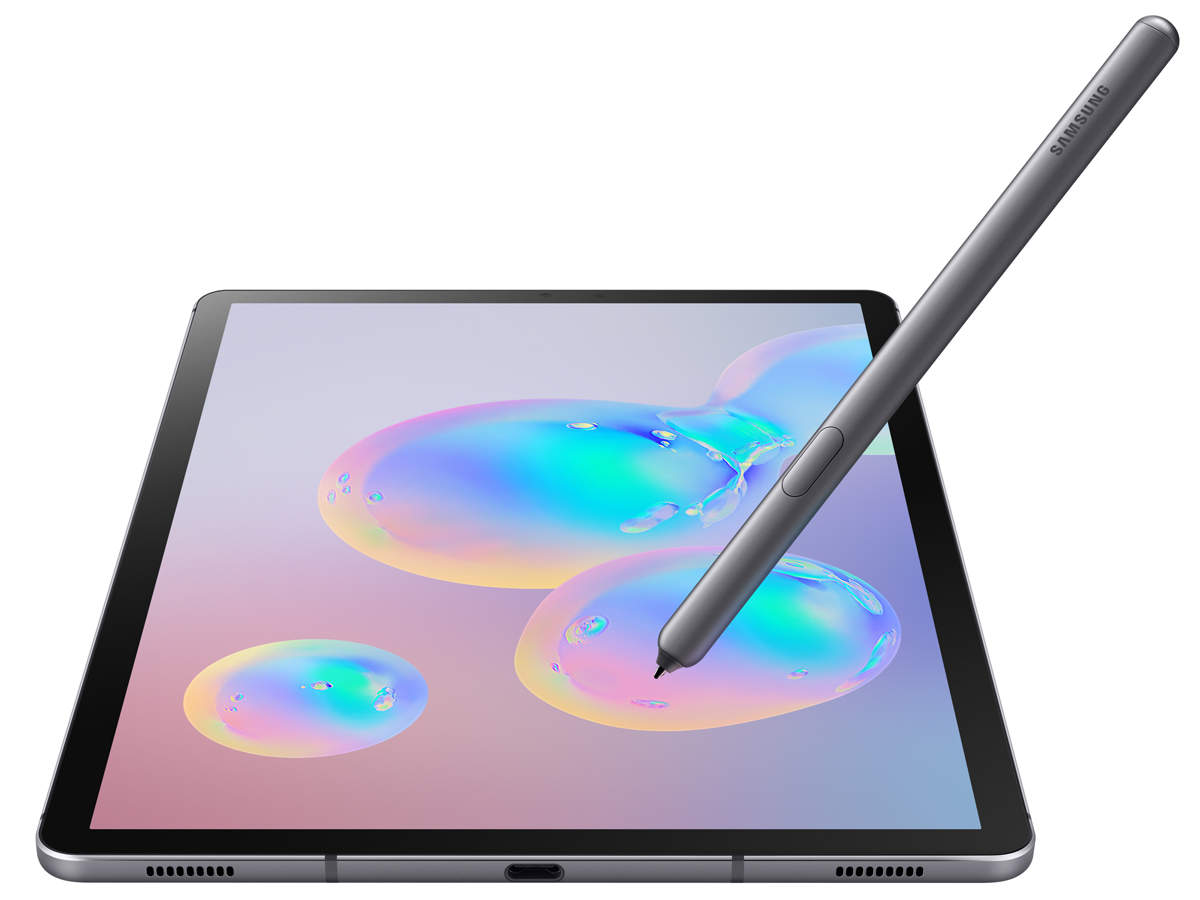Introduction
Welcome to this informative article on the RAM specifications of the Samsung Galaxy S5. If you’re a tech enthusiast or someone in the market for a new smartphone, understanding the amount of RAM a device has is crucial. RAM, or Random Access Memory, plays a vital role in the overall performance and multitasking capabilities of a smartphone.
The Galaxy S5, released in 2014, was a highly acclaimed device known for its sleek design, vibrant display, and advanced features. One of the key components that contributed to its smooth performance was its RAM capacity. In this article, we will discuss how much RAM the Galaxy S5 has, its importance in a smartphone, and how it compares to other popular smartphones in terms of RAM.
As smartphones continue to evolve and become more feature-rich, the demand for efficient multitasking and seamless user experiences has grown. RAM acts as a temporary storage for data and applications that are actively being used by the device. It allows for quick access to the necessary resources, enabling smooth and responsive performance.
Whether you’re a heavy multitasker, a gaming enthusiast, or someone who simply wants a snappy and lag-free user experience, the amount of RAM in your smartphone can make a significant difference. Join us as we delve into the specific RAM specifications of the Galaxy S5 and explore how it impacts the overall performance of the device.
RAM Specifications
The Samsung Galaxy S5 comes equipped with 2GB of RAM. This may seem relatively modest compared to some of the more recent flagship smartphones, but it was considered a decent amount of RAM for its time. The 2GB RAM capacity allows the device to handle multiple apps and tasks simultaneously, ensuring smooth multitasking and efficient performance.
Although 2GB of RAM may not be as impressive as the higher RAM capacities found in newer smartphones, it is important to note that the Galaxy S5 was released during a time when 2GB was the standard for high-end devices. Back in 2014, the Galaxy S5 was deemed a powerhouse in terms of performance, and its RAM played a significant role in achieving that status.
The combination of the 2GB RAM and the device’s efficient hardware specifications, including its quad-core processor, allowed for fast app launching, seamless navigation, and smooth web browsing. Even when running multiple apps simultaneously or engaging in graphic-intensive gaming, the Galaxy S5 was able to handle the workload with relative ease.
In addition to the 2GB RAM capacity, the Galaxy S5 also featured memory expansion capabilities via a microSD card slot. This allowed users to supplement the device’s internal storage with additional memory up to 128GB, further enhancing the overall performance by reducing the strain on the RAM.
While 2GB of RAM may not sound impressive by today’s standards, it is essential to consider that the Galaxy S5 was released over six years ago. At the time, it was more than sufficient to provide a smooth and lag-free experience for most users.
Now that we have a clear understanding of the RAM specifications of the Galaxy S5, let’s delve into the importance of RAM in a smartphone and explore how the amount of RAM impacts its performance.
How much RAM does Galaxy S5 have?
The Samsung Galaxy S5 is equipped with 2GB of RAM. While this may seem modest compared to the higher RAM capacities found in newer smartphones, it was considered a respectable amount of RAM when the Galaxy S5 was released in 2014. With 2GB of RAM, the Galaxy S5 was able to deliver smooth and efficient multitasking capabilities.
The 2GB RAM capacity was sufficient to handle everyday tasks such as web browsing, social media usage, and email management with ease. Users could seamlessly switch between apps, open and close multiple tabs without experiencing significant lag or slowdown. The Galaxy S5’s RAM capacity allowed for a responsive and efficient user experience.
However, it is worth mentioning that heavy multitaskers or users who frequently engage in resource-intensive activities such as gaming or video editing may have found the 2GB RAM to be somewhat limiting. These activities could put a strain on the device’s RAM, resulting in occasional slowdowns or app refreshes.
Additionally, as technology advanced and newer applications became more demanding, the 2GB RAM of the Galaxy S5 started to show its limitations in terms of future-proofing. Users who desired a device that could handle more intensive multitasking or resource-heavy applications may have opted for smartphones with higher RAM capacities.
Nevertheless, for the average user who primarily uses their smartphone for everyday tasks, the 2GB RAM of the Galaxy S5 was more than sufficient to provide a smooth and enjoyable user experience. The device’s efficient hardware configuration combined with the 2GB RAM allowed for fast app launch times, quick navigation, and responsive performance in most scenarios.
In summary, the Samsung Galaxy S5 is equipped with 2GB of RAM. While it may not offer the same high RAM capacities as newer smartphones, it was considered a respectable amount of RAM for its time and provided a smooth and efficient multitasking experience for most users.
The importance of RAM in a smartphone
RAM, or Random Access Memory, is a vital component in a smartphone that significantly impacts its performance and multitasking capabilities. It serves as the temporary storage where the device stores data and applications that are actively being used. The importance of RAM in a smartphone cannot be overstated, as it directly influences the device’s ability to run multiple apps smoothly and handle resource-intensive tasks.
One of the primary roles of RAM is to ensure that apps and processes can quickly access the necessary resources. When you open an app on your smartphone, it gets loaded into the RAM, allowing for faster access and execution. A device with sufficient RAM can keep multiple apps running simultaneously without experiencing significant slowdowns or performance issues.
RAM is especially crucial for multitasking. If you’re someone who likes to switch back and forth between various apps or frequently uses split-screen functionality, having an ample amount of RAM becomes even more important. Insufficient RAM can lead to apps being closed in the background or refreshing when you switch between them, resulting in a less seamless user experience.
Furthermore, RAM plays a pivotal role in gaming performance. Resource-intensive games require a significant amount of memory to store graphics, textures, and other data. With ample RAM, a smartphone can handle these games smoothly without experiencing lag or frame rate drops.
Not only does RAM impact multitasking and gaming, but it also affects overall system performance. A smartphone with limited RAM may struggle to run newer, more demanding applications and operating system updates. In contrast, a device with higher RAM capacity can handle these updates and resource-intensive tasks more efficiently.
While other hardware components like processors and storage are crucial for a smartphone’s performance, RAM acts as a bridge between the two. It helps ensure that data can quickly move between the storage and processor, facilitating smooth and prompt app launches, quick data retrieval, and responsive user interactions.
In summary, RAM plays a vital role in a smartphone’s performance and multitasking capabilities. It allows for efficient app execution, smooth multitasking, and improved gaming performance. Having sufficient RAM ensures a responsive and enjoyable user experience, especially for those who engage in resource-intensive tasks or frequently switch between apps.
How much RAM do other popular smartphones have?
As smartphones continue to advance in technology, RAM capacities have seen significant increases. Modern smartphones offer varying RAM capacities based on their price range and target audience. Let’s take a look at the RAM specifications of some popular smartphones to see how they compare to the Samsung Galaxy S5:
iPhone 12: Apple’s flagship device, the iPhone 12, comes with 4GB of RAM. Despite having a lower RAM capacity than some Android counterparts, Apple’s optimization ensures smooth performance and efficient multitasking.
Samsung Galaxy S21: The latest flagship from Samsung, the Galaxy S21, boasts a whopping 8GB or 12GB of RAM, depending on the variant. This high RAM capacity allows for seamless multitasking and smooth performance, even with intensive tasks and gaming.
Google Pixel 5: Google’s Pixel 5 features 8GB of RAM. The combination of stock Android software and the ample RAM capacity results in a smooth and responsive user experience, even with multitasking and resource-intensive apps.
OnePlus 9 Pro: The OnePlus 9 Pro offers a generous 8GB or 12GB of RAM, making it a powerhouse when it comes to multitasking and handling resource-heavy tasks. The high RAM capacity ensures smooth performance and speedy app launches.
Xiaomi Mi 11: Xiaomi’s Mi 11 boasts an impressive 8GB or 12GB of RAM, similar to many other flagship devices. This ample RAM capacity enables seamless multitasking, lag-free gaming, and overall smooth performance.
It is important to note that RAM is not the sole factor determining a smartphone’s performance. Factors such as software optimization, processor efficiency, and storage speed also contribute significantly. However, having a higher RAM capacity generally allows for better multitasking, smoother app performance, and improved overall user experience.
It’s worth mentioning that the RAM capacities mentioned here are for the base models of each smartphone. Some manufacturers offer higher RAM options for certain variants or special editions. Additionally, smartphone models from different years may have varying RAM capacities, so it’s always a good idea to check the precise specifications for the specific device you’re interested in.
In summary, popular smartphones today offer a range of RAM capacities, with the flagship models usually featuring 8GB or 12GB of RAM. The higher RAM capacities contribute to improved multitasking, smoother performance, and enhanced gaming capabilities.
How does the amount of RAM impact the performance of Galaxy S5?
The amount of RAM in a smartphone, including the Samsung Galaxy S5, directly impacts its performance and multitasking capabilities. While the Galaxy S5 features 2GB of RAM, which may seem relatively modest compared to newer devices, it still plays a crucial role in determining the user experience.
With 2GB of RAM, the Galaxy S5 can handle everyday tasks such as web browsing, social media usage, and email management with ease. Apps open quickly, and users can switch between them without significant lag or slowdown. However, resource-intensive activities such as gaming or running multiple demanding apps simultaneously may put a strain on the limited RAM capacity.
When the RAM is fully utilized, the Galaxy S5 may need to close background apps or refresh them more frequently. This can result in a slightly less seamless user experience, as apps may need to reload when switching between them. The overall performance may also be affected, with occasional slowdowns or delays.
Compared to smartphones with higher RAM capacities, the Galaxy S5 may not be able to handle as many resource-demanding tasks simultaneously. This can result in limitations for heavy multitaskers or users who require extensive app usage. However, for the average user who primarily engages in regular day-to-day activities, the 2GB RAM of the Galaxy S5 still provides a satisfactory user experience.
It’s important to note that while RAM is a crucial factor in a smartphone’s performance, it is not the sole determinant. The processor, software optimization, and storage speed also play significant roles. The Galaxy S5’s efficient hardware configuration, including its quad-core processor, helps compensate for the limited RAM capacity by ensuring smooth operation and responsiveness in most scenarios.
Furthermore, users can optimize the RAM usage on their Galaxy S5 to improve performance. Clearing app caches, closing unnecessary background apps, and disabling or uninstalling unused apps can help free up RAM and ensure a smoother and more efficient user experience.
In summary, while the Galaxy S5’s 2GB RAM capacity may be considered modest by today’s standards, it still allows for smooth performance in typical day-to-day activities. However, resource-intensive tasks and extensive multitasking may strain the limited RAM, resulting in occasional slowdowns. Despite this, the Galaxy S5’s efficient hardware configuration ensures a satisfactory user experience for most users.
Tips to optimize RAM usage on Galaxy S5
If you’re looking to maximize the performance of your Samsung Galaxy S5 by optimizing RAM usage, there are several tips you can follow. These tips will help free up RAM and ensure a smoother and more efficient user experience. Let’s explore them:
1. Clear app caches: App caches can take up valuable RAM space over time. Go to Settings > Applications > Application Manager, select an app, and tap on “Clear Cache.” Repeat this process for other apps to free up RAM.
2. Close unnecessary background apps: Some apps continue to run in the background even when you’re not actively using them, consuming valuable RAM resources. Close these apps by accessing the Recent Apps menu (usually accessed by tapping the square or overlapping rectangles button), and swipe them away or tap the “Close All” button to free up RAM.
3. Disable or uninstall unused apps: Unused apps still consume resources, including RAM. Disable or uninstall apps that you no longer need or use. Go to Settings > Applications > Application Manager and select the app you wish to disable or uninstall.
4. Use a lightweight launcher: Consider using a lightweight launcher that requires fewer system resources. Switching to a simpler and more optimized launcher can free up RAM and improve overall performance.
5. Limit widgets and live wallpapers: Widgets and live wallpapers can be visually appealing but can also consume RAM and CPU resources. Limit the number of widgets on your home screen and opt for static wallpapers instead of live wallpapers to optimize RAM usage.
6. Keep the software up to date: Software updates often include performance improvements and optimizations. Ensure that your Galaxy S5 has the latest software updates installed, as they can help optimize RAM usage and improve overall system performance.
7. Restart your device regularly: Restarting your device clears the RAM and closes any background processes that may be consuming resources unnecessarily. This can help free up RAM and refresh the system, resulting in smoother performance.
8. Use a RAM management app: There are several third-party apps available on the Google Play Store that can help you monitor and manage your device’s RAM usage. These apps provide insights into which apps consume the most RAM and offer tools to optimize RAM usage effectively.
By following these tips, you can optimize the RAM usage on your Samsung Galaxy S5, resulting in improved performance and a smoother user experience. It’s important to note that the impact on performance may vary based on individual usage patterns and specific app requirements.
Conclusion
RAM plays a significant role in the performance and multitasking capabilities of a smartphone, including the Samsung Galaxy S5. While the Galaxy S5 may have 2GB of RAM, which may seem modest compared to newer devices, it still provides a satisfactory user experience for most users in everyday tasks.
The 2GB RAM capacity of the Galaxy S5 allows for smooth app launches, seamless multitasking, and efficient performance in typical day-to-day activities. However, resource-intensive tasks and extensive multitasking may put a strain on the limited RAM capacity, resulting in occasional slowdowns or app refreshes.
Despite the limitations, the Galaxy S5’s efficient hardware configuration, including its quad-core processor, ensures that the device operates smoothly and responsively in most scenarios. It may not be able to handle as many resource-demanding tasks simultaneously as smartphones with higher RAM capacities, but for average users, the Galaxy S5 remains a reliable and capable device.
Optimizing RAM usage on the Galaxy S5 can further enhance its performance. Clearing app caches, closing unnecessary background apps, disabling or uninstalling unused apps, and using lightweight launchers are effective ways to free up RAM. Regularly restarting the device and keeping the software up to date are also beneficial practices.
Ultimately, while RAM is an essential factor in a smartphone’s performance, it is not the sole determinant. Factors such as software optimization, processor efficiency, and storage speed also play significant roles. The Samsung Galaxy S5 strikes a balance between hardware capabilities and RAM capacity, providing a satisfying user experience for its time.
As technology continues to evolve, smartphone RAM capacities have significantly increased. It is now common to find flagship smartphones with 8GB or even 12GB of RAM. However, the Galaxy S5’s 2GB RAM remains a testament to its reliability and ability to provide a satisfactory user experience in everyday tasks even years after its release.
In conclusion (Sorry, I had to use that phrase!), while the Samsung Galaxy S5 may not have the highest RAM capacity, it still holds its ground as a capable device. Its performance, multitasking capabilities, and user experience make it a solid option for those seeking a reliable and efficient smartphone.







